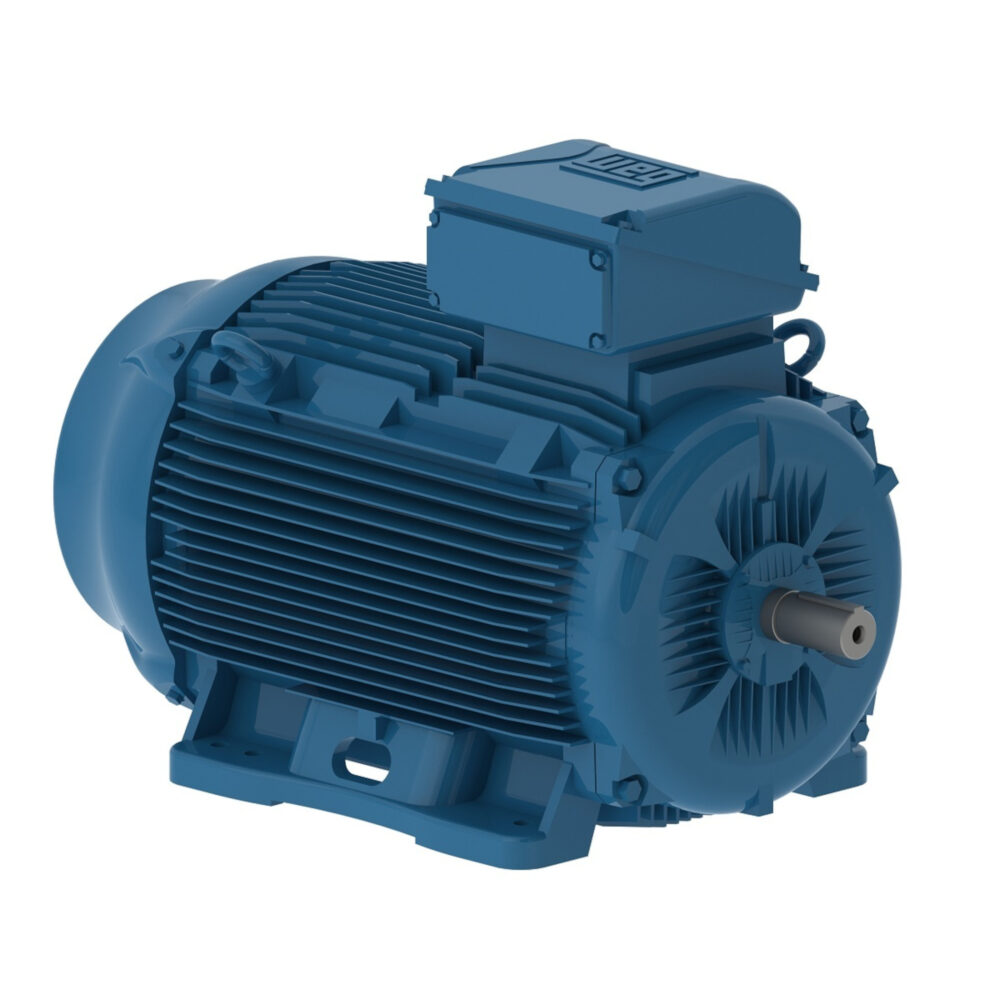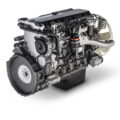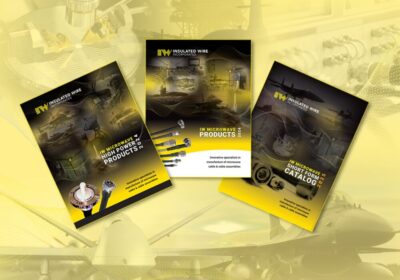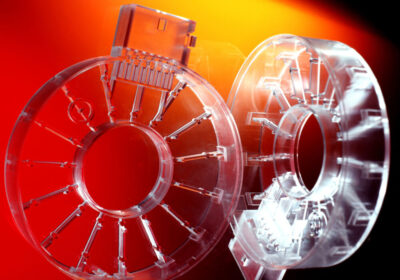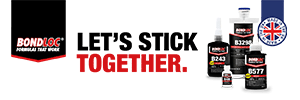~ WEG low-voltage motors support 50 per cent higher throughput on commercial bread roll line ~
With an output of up to 45,000 rolls per hour, the KGV-H industrial bread roll line from the Austrian manufacturer Koenig sets new performance standards — including a 50 per cent higher throughput than the usual commercial bread roll lines. The line is also fully designed according to hygiene standards, which impose special requirements on the drive technology. That’s why Koenig chose low-voltage motors from WEG and geared motors from WEG’s subsidiary, WEG Gear Systems, to keep the dough moving.
Koenig has been making machines for commercial and industrial bakeries for 50 years, with the main focus on the core competence of dough processing: dividing, forming and baking. The Austrian manufacturer’s current product portfolio encompasses the entire production chain of bakery technology.
The world market leader in machines and systems for producing small baked goods has been honoured with the international IBA Award for its hygienic KGV-H bread roll line. At the end of the process chain, the tasty baked goods — fresh rolls, baguettes, ciabatta, hamburger buns or other fine baked goods — drop onto the baking sheet.
Hygiene: easy cleaning is key
The hygienic design of the bread roll line imposes especially stringent requirements on its components. For instance, the motors and geared motors must comply with the IP66 specification, which means they must be resistant to flour or dust ingress with 20 mbar negative pressure inside the housing and protected against water jets. This ensures that they are reliable and failsafe with low maintenance effort in the entire production process, including hygienic cleaning of the entire line.
All geared motors used in the machine are additionally equipped with thermal protection (TH/TF) and class F2 humidity protection. To avoid corrosion because of the high humidity level, the terminal box and fan covers of all motors are secured by screws with especially high corrosion resistance. The gamma ring seals on the fan end of the geared motors are also made from this special material.
Special paint
The paint for the motors (painting plan 212E) corresponds to paint structure LC5 of the geared motors, making it compliant with corrosion class C5-I/ C5-M of EN ISO 12944-5 (NDFT 320 µm). This painting scheme, based on multiple prime coats, is able to withstand extreme environmental conditions.
The bearing shield and the shaft at the Non-Drive End (NDE), as well as the inside of the fan cover, are finished with this special paint. In food manufacturing, it is essential to avoid harmful foreign substances in the product. For this reason, the hygienic motors and gear units are painted in RAL 5010, a blue tint that is not present in any dough. This allows even small foreign objects in the food to be detected immediately. In addition, only food-compatible oils are used in the gear units.
It starts with the dough
Every manufacturing process for small baked goods starts with mixing and kneading the dough. In the DW 240-H hygienic dual-shaft mixing machine, the dough is mixed by a WEG W22 induction motor with IEC 200L frame size and reinforced bearings, supplementary tropical insulation and special corrosion-resistant sealing.
Built to IP66 specification, the W22 motor drives two mixing tools with special twists, arranged at the optimal working angle relative to each other to enhance kinetic energy transfer to the dough. That shortens the mixing time and incorporates more air in the dough. Another pole-switching geared motor turns the dough bowl, which can hold up to 240 kg of dough. With a rated power of 1.5 or 2.5 kW, this motor produces a torque of 840 or 651 Newton-meters (Nm), respectively.
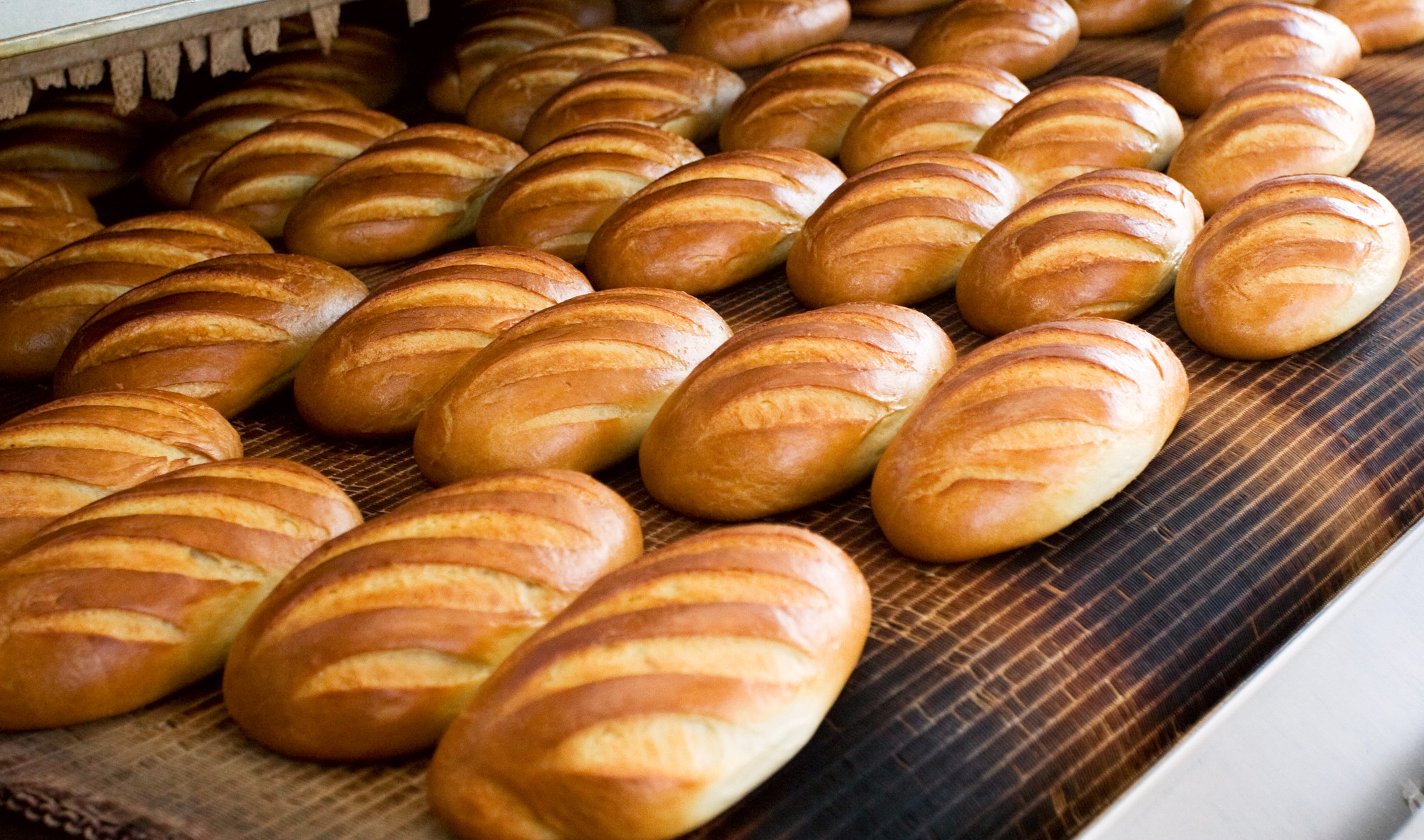
Motors and geared motors on a bread roll production line must comply with the IP66 Ingress Protection Rating.
Dividing and rounding
After mixing, the dough is placed in a pre-portioning hopper for further processing. This is where the Industrie Rex AW-H dividing and rounding machine comes into play — an essential component of the modular KGV-H bread roll system. Precisely divided dough portions are formed by starwheel rollers and conveyed to the weighing area by a dough pusher driven by a 250 watt (W) geared motor equipped with an adjustable safety clutch running in an oil bath.
Then the dough portions are fed out to a transfer belt. Here the motive power is provided by a smaller, unventilated 60 W geared motor with a rated torque of 254 Nm and an enclosed 5 Nm brake with IP66 protection in the weighing drum. The dough portions are then rounded by an oscillating tumbler drum.
The main drive of the dough dividing and rounding machine is another geared motor, 4 kW with a rated torque of 747 Nm. Here the external fan and enclosed brake with 60 Nm braking force are also IP66 compliant.
After rounding, the dough balls are fed out on the spreading finger belt and seeded with flour, on their way to the pre-prover, with the aid of a 120 W geared motor. The transfer belt to the stamping station directly below the pre-prover is driven by a 370 W geared motor and a smaller 180 W geared motor.
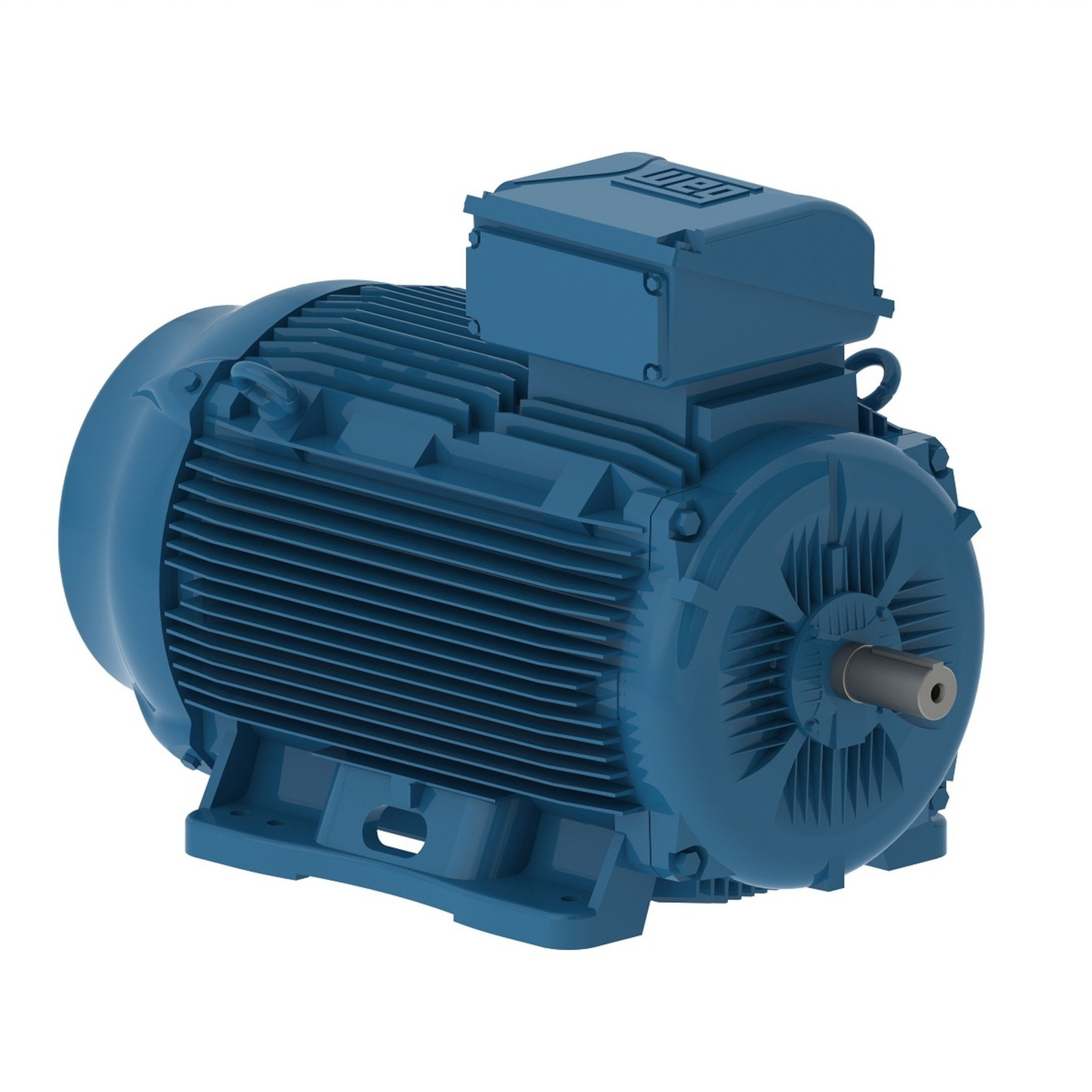
The WEG W22 motor is built to IP66 specification.
Forming the rolls
All stamping, pressing and cutting processes take place in the first pre-prover of the bread roll line. This also includes stamping the cooled dough balls to give them the right shape, such as Kaiser rolls or other types of baked goods. The duster that prepares the dough balls for the stamping station is driven by a 120 W geared motor, while a stronger geared motor with a rated power of 1.1 kW, a torque of 158 Nm and a shaft speed of 57 revolutions per minute (rpm) powers the stamping station mechanism.
After this, the dough balls pass through the forming station, where the processes are powered by another pair of geared motors with rated power of 120 W and 370 W, respectively. The RR 1000 or RR 1300 dual rollout head is driven by two geared motors rated at 250 W and 120 W, respectively.
The dough can be dampened and seeded after the final prover before transfer to the baking sheet at the end of the production sequence, so it is ready for baking. Here as well, geared motors from WEG Gear Systems ensure high throughput — as much as 50 per cent more than the usual commercial bread roll lines.
To learn more about WEG’s W22 induction and geared motors, visit its website.

